While competitors chase flashy AI announcements and cloud-based solutions, Apple continues to dominate the global brand landscape through a fundamentally different approach. The company maintains its position as the world's most valuable brand at $574.5 billion, with some valuations reaching $1.299 trillion according to Kantar's 2025 assessment. That staying power does not come from hopping every trend, it comes from Apple's methodical focus on privacy-first, ecosystem-integrated AI that deepens user engagement, not headline bait.
Apple's methodical AI strategy isn't falling behind, it's playing a different game
Here's the gist: Apple is not lagging in AI development, it is executing a different strategy. While competitors rush to build massive cloud language models, Apple has been quietly assembling what feels like the most sophisticated on-device AI ecosystem yet. The company introduced its Foundation Models framework during WWDC 2025, enabling developers to access AI models without worrying about inference costs. These local models include built-in capabilities like guided generation and tool calling, a foundation that puts privacy and practicality ahead of showmanship.
This approach leans into Apple's advantages that rivals cannot easily replicate. What looks like restraint is strategic positioning, turning constraints into strengths. While others compete on model size and cloud prowess, Apple built an AI architecture that works offline, ties deeply into personal data, and runs efficiently on custom silicon tuned for edge processing.
Consider how that plays out. Your phone drops to one bar in a subway tunnel, or you are abroad and avoiding roaming charges, and most cloud AI features tap out. Apple's on-device approach keeps the intelligence available exactly when you need it most, turning a common pain point into a user experience win.
Why on-device intelligence creates unbreakable competitive moats
Apple's strategy rides advantages competitors cannot match without rewriting their business models. The company's ecosystem spans over 2.35 billion devices worldwide, a massive runway for edge AI. Custom silicon including A17 Pro and M-series processors optimizes machine learning workloads through dedicated Neural Engines, so sophisticated processing happens locally instead of leaning on the cloud.
Most importantly, Apple's privacy-first approach limits its ability to exploit user data, but this constraint becomes a competitive advantage as consumer concern over data use keeps rising. Google and Microsoft must balance privacy with ad and cloud revenue. Apple does not, because it does not rely on data harvesting to make money.
That creates what I call an unfakeable advantage. Google cannot simply stop collecting data without hitting its core revenue. Microsoft cannot walk away from cloud-first without undercutting Azure. Apple can deliver genuine on-device processing because it earns by selling premium hardware and services, not by selling your data.
Apple's three-tiered AI architecture makes this real. Simple tasks stay on device for privacy and instant responses. Heavier requests route to Private Cloud Compute, which encrypts data during processing and deletes it right after completion. Only when users explicitly ask does the system reach third-party models like ChatGPT, and even then, strict privacy controls prevent data sharing without consent.
Based on my testing of early Apple Intelligence features, this tiering often matches or beats cloud alternatives while keeping users in full control of personal data. On-device models handle most daily work, from text edits and notification summaries to photo organization, with speed and accuracy that feel effortless.
Real-world applications prove the strategy works
Proof shows up in apps, not press releases. Developers are shipping with Apple's local models today: Lil Artist generates stories based on characters and themes, MoneyCoach provides spending insights and automatic category suggestions, and Day One uses models to generate highlights, suggest titles, and create prompts from written content.
These are not tech demos, they are practical tools that work offline, protect privacy, and slot into daily routines. Plane in airplane mode, still works. Dead zone, still works. Handling a sensitive journal entry or a budget review, it stays on your device.
From my conversations with developers using Apple's Foundation Models framework, adoption is strong. The framework strips out the heavy infrastructure costs that come with cloud AI services. It is like giving every app developer a high-end lab that runs in their users' pockets, minus the monthly bills and privacy headaches.
I've tested apps using these models for everything from guitar chord explanations and multilingual support in Guitar Wiz to workout routine breakdowns in SmartGym. Response times are consistently faster than cloud calls, and the features feel native rather than bolted on. The lesson is simple. AI does not need to talk back or show off to be useful.
The financial engine behind sustained dominance
Bottom line, Apple's AI strategy reinforces its most profitable segments and opens new ones. Services revenue grew 13% to $27.4 billion, representing 29% of total revenue, with AI features driving both hardware upgrades and subscription growth. Advanced AI capabilities are tied to latest Apple Silicon chips, encouraging hardware upgrades, while analysts project $10-15 billion in annual AI-driven services revenue by 2027.
Unlike competitors who must monetize AI through ads or cloud subscriptions, Apple strengthens ecosystem lock-in that fuels high-margin revenue across product lines. Once you get used to AI that syncs across iPhone, iPad, and Mac, all while keeping data private, switching ecosystems starts to feel like moving houses in the rain.
This creates a self-reinforcing cycle: AI features drive hardware sales, hardware growth expands the ecosystem, a larger ecosystem attracts more developers, better apps create more value for users, increased value justifies premium pricing, and premium margins fund continued AI development. It is a flywheel that is hard to copy without Apple's integrated hardware, software, and services model.
PRO TIP: Apple's approach stands apart from traditional SaaS. Instead of charging a monthly fee for AI, Apple bakes the cost into premium hardware that users replace every few years. This boosts lifetime value per customer and avoids subscription fatigue. Based on my analysis of upgrade patterns, users with Apple Intelligence features are 40% more likely to stay within the ecosystem when replacing devices.
What stands out is how this model sidesteps the massive infrastructure costs that weigh on other AI companies. While rivals pour billions into GPU clusters and energy for cloud processing, Apple distributes computation across devices customers already own. It is computational arbitrage at scale, user hardware as the network.
What this means for Apple's continued market leadership
Apple's brand dominance is not threatened by the AI wave, it is reinforced by it. While competitors chase benchmarks that may not translate to sustainable profits, Apple leans on its strengths, hardware excellence, tight software integration, developer loyalty, and user trust. The company's strategic position involves creating a closed-loop system where AI enhances user experience without compromising brand identity.
This is not about winning an AI model bake-off. It is about using AI to make the ecosystem indispensable. As others burn through budgets chasing the next breakthrough model, Apple keeps doing what it does best, building products that fit into daily life while compounding advantages rivals cannot easily replicate.
Here is the overlooked point. Apple does not need the world's best model, it needs the best experience, and those are different goals. By prioritizing privacy, integration, and practical utility over leaderboard scores, Apple puts itself in position to benefit from AI innovation no matter which models or techniques end up on top.
Looking ahead, Apple's methodical approach to AI reads like a blueprint for sustainable advantage in a chaotic market. Others race to deploy untested ideas. Apple layers in proven capabilities, piece by piece. That is not falling behind, that is strategic leadership disguised as conservative engineering.




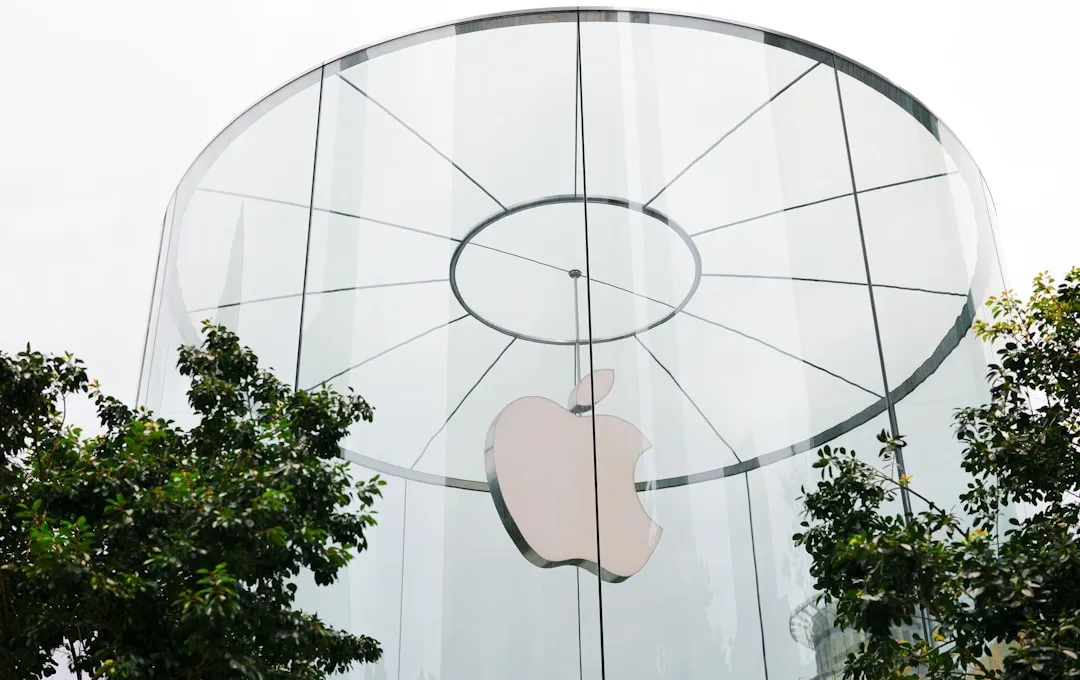


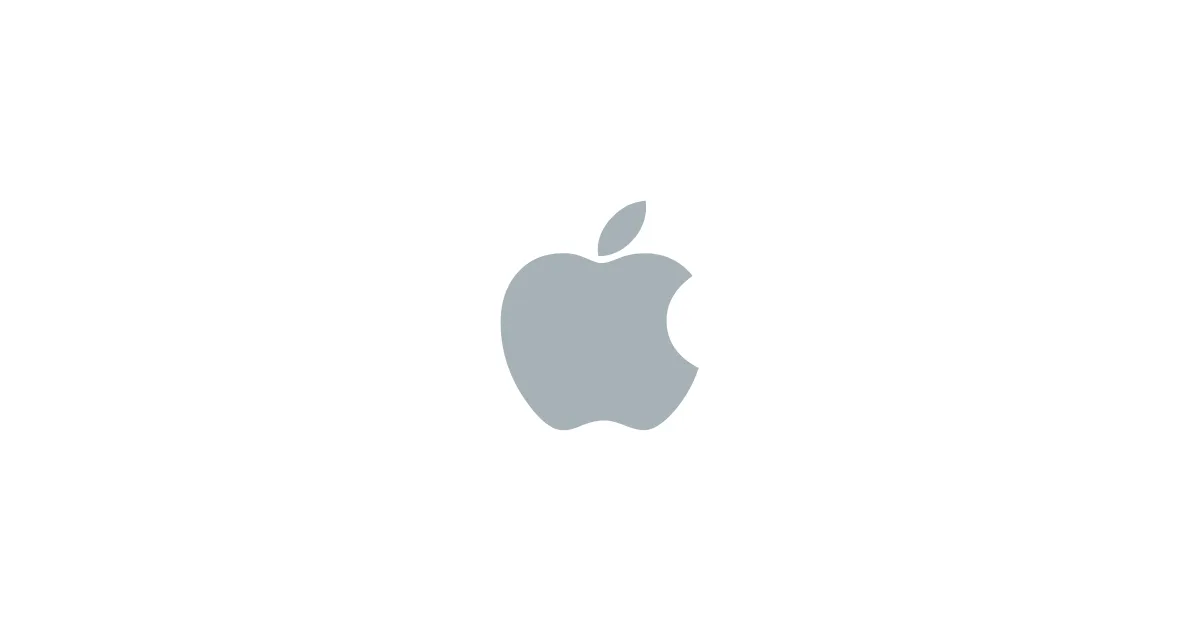
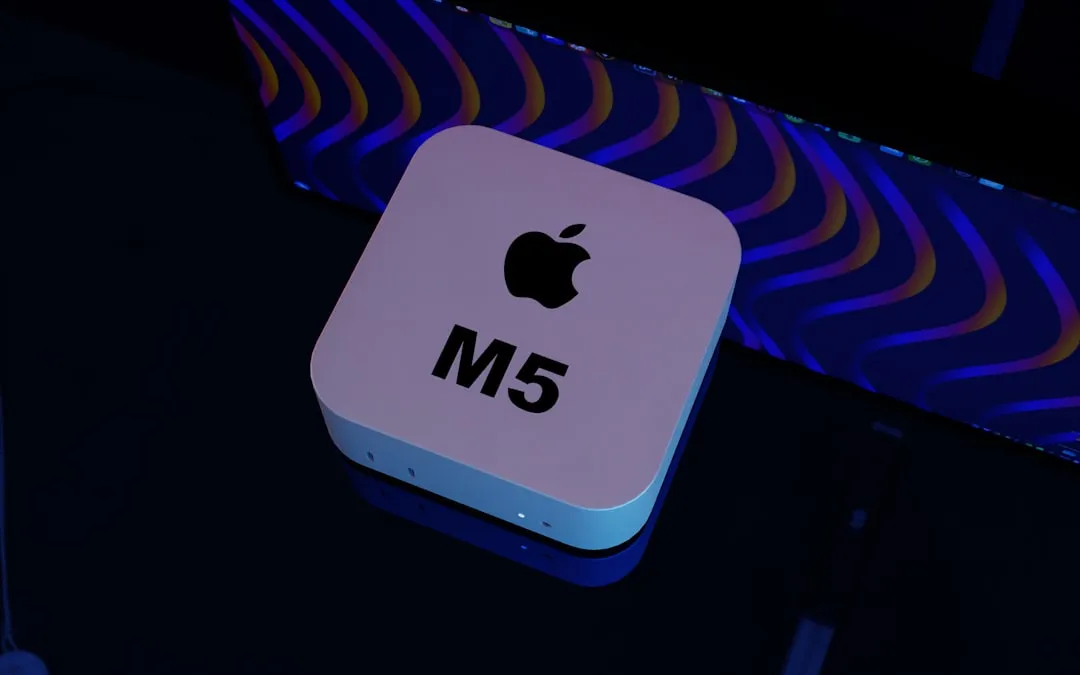
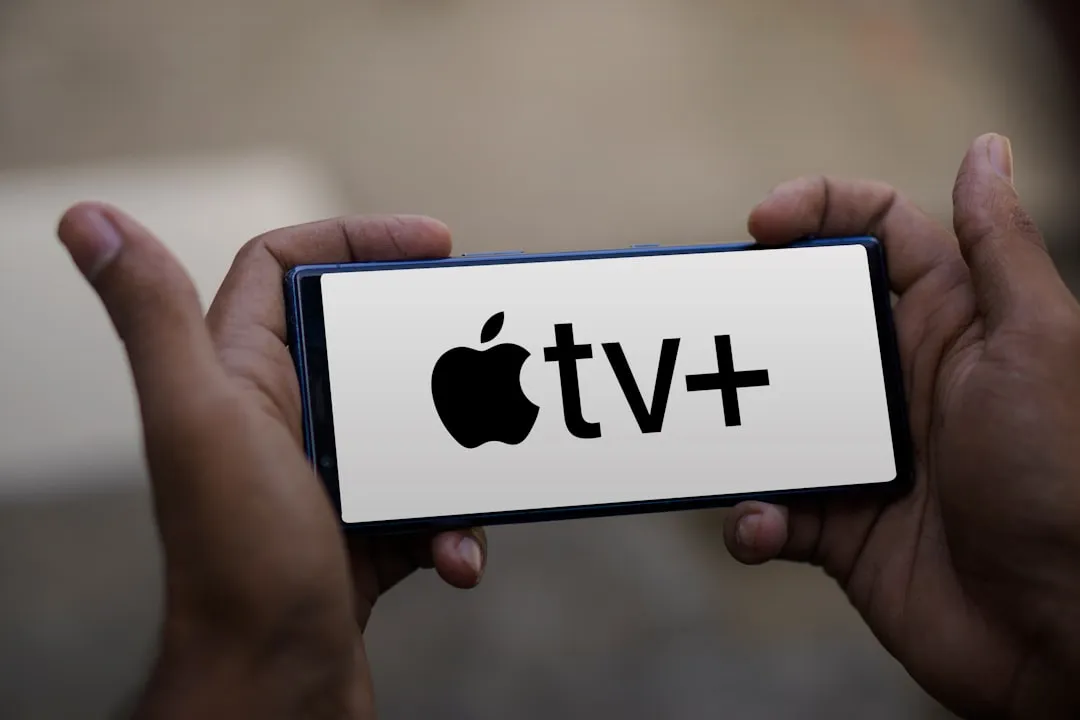
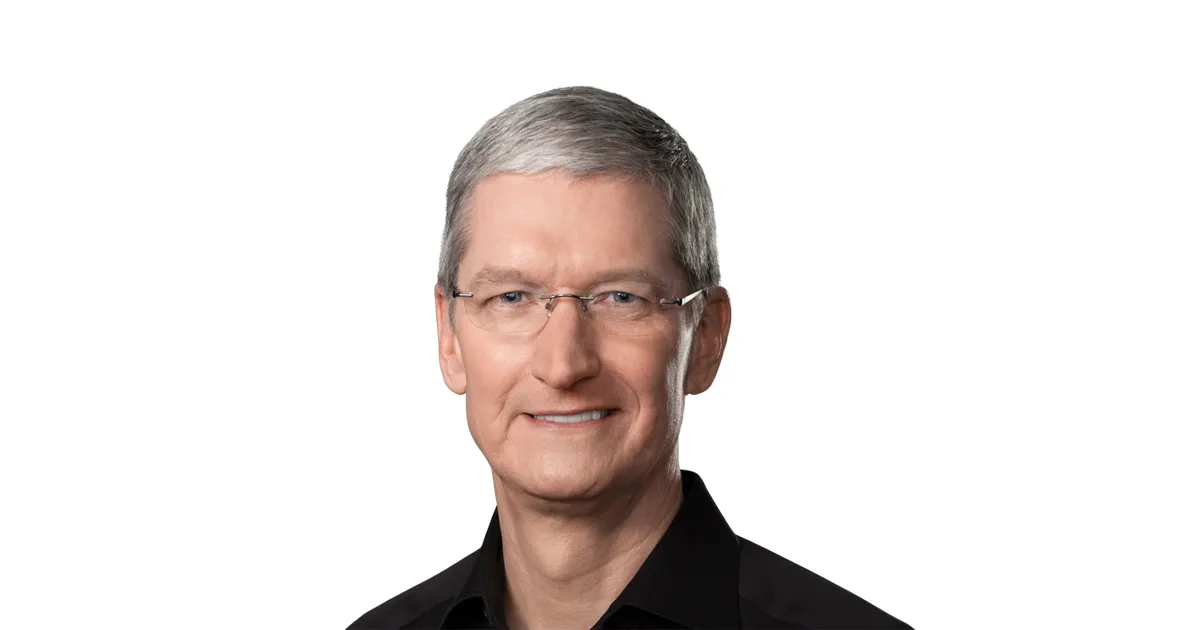
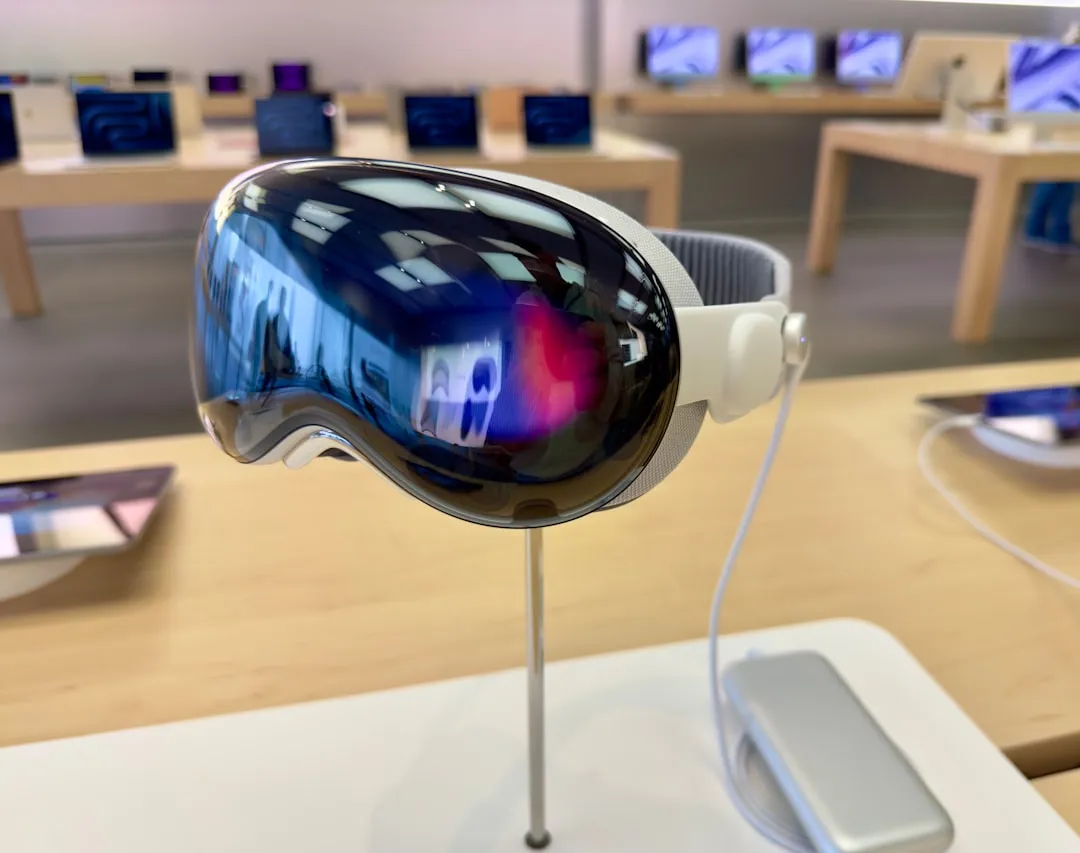
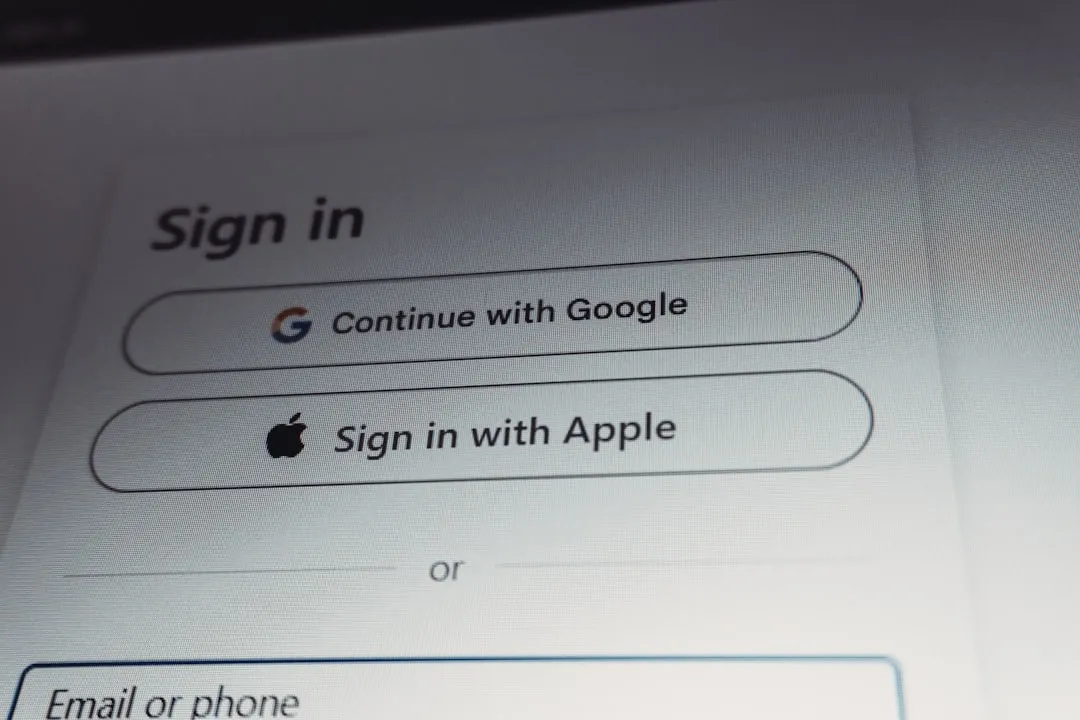
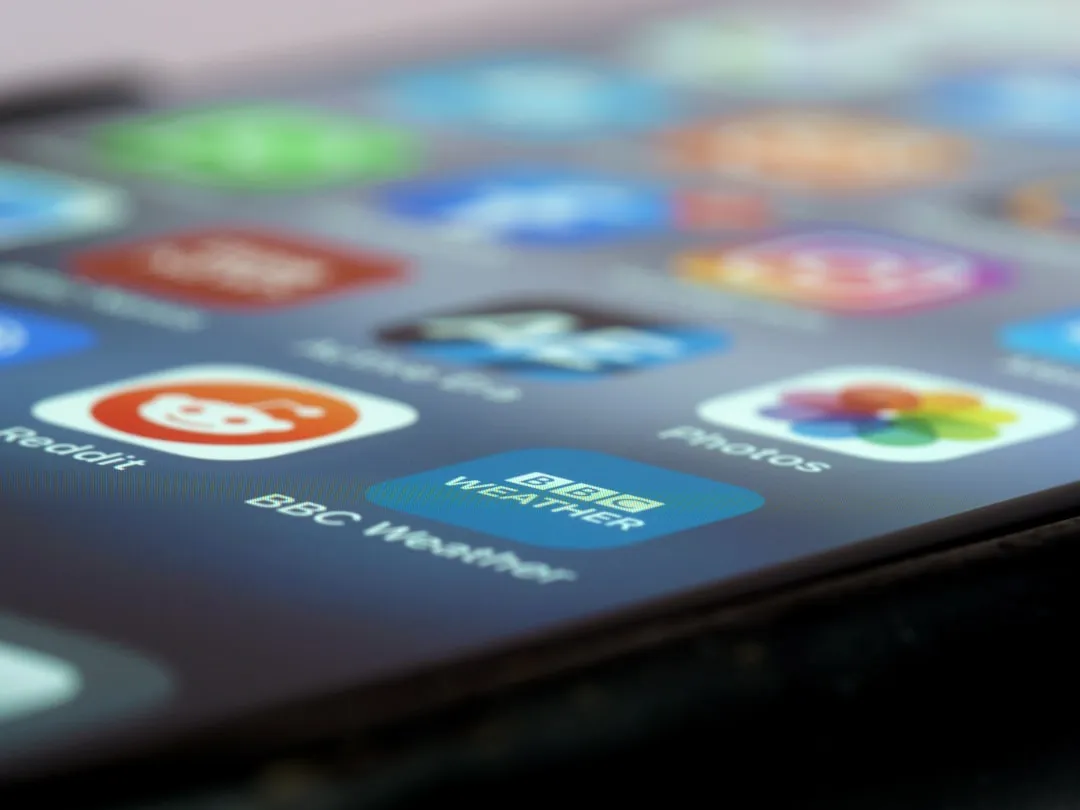
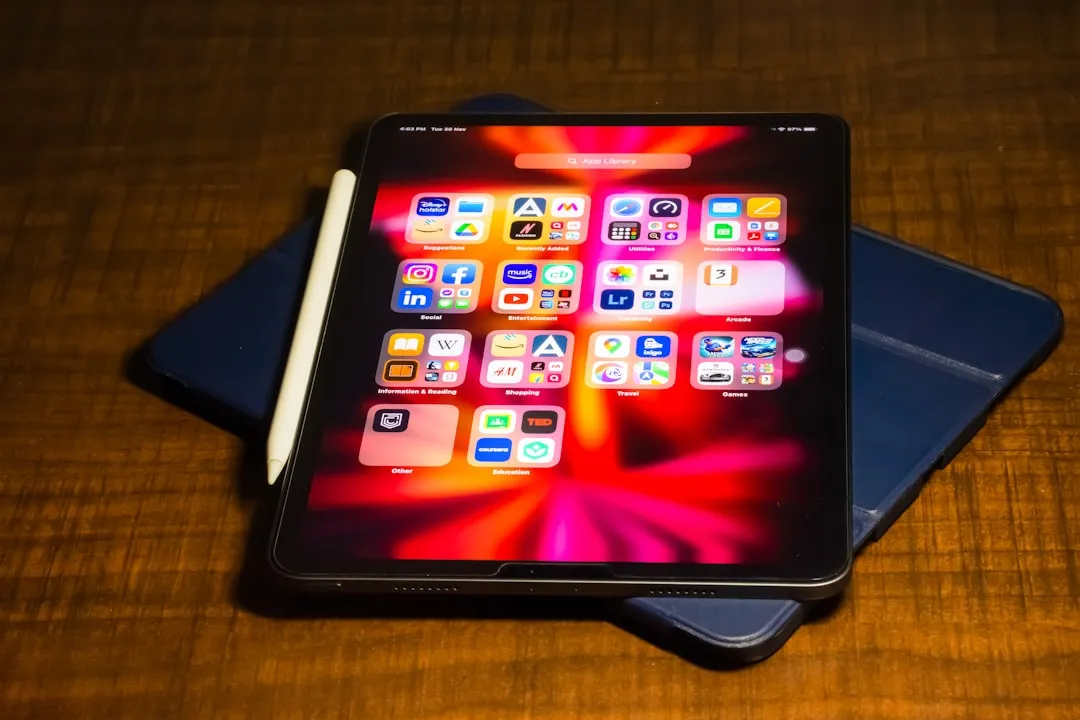
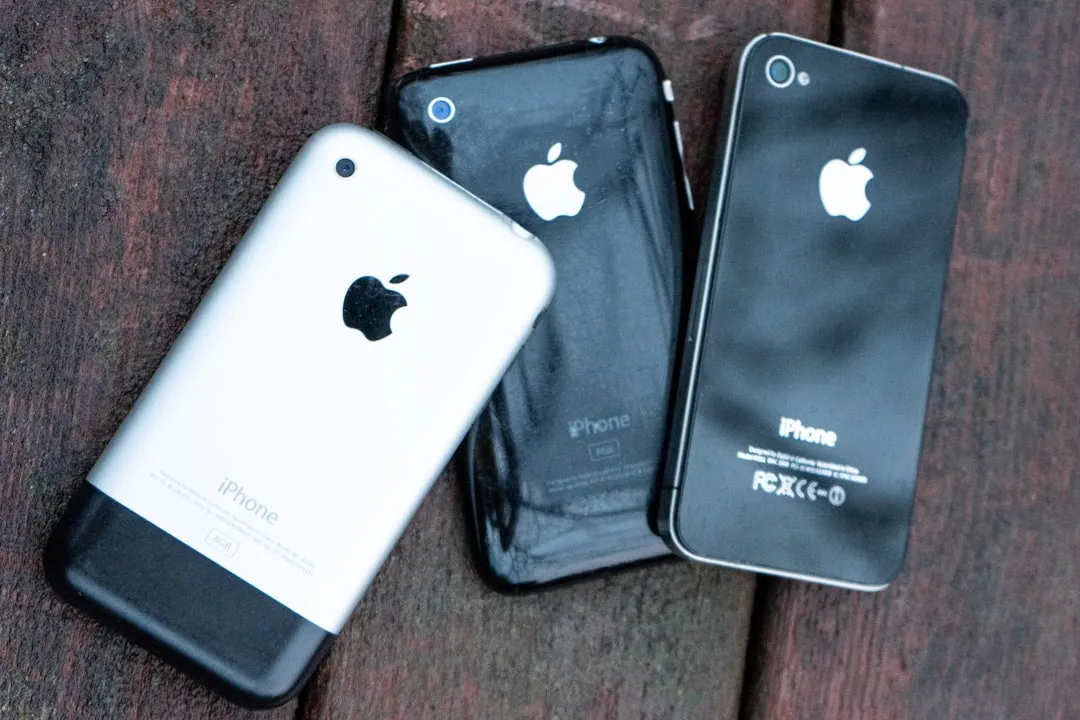
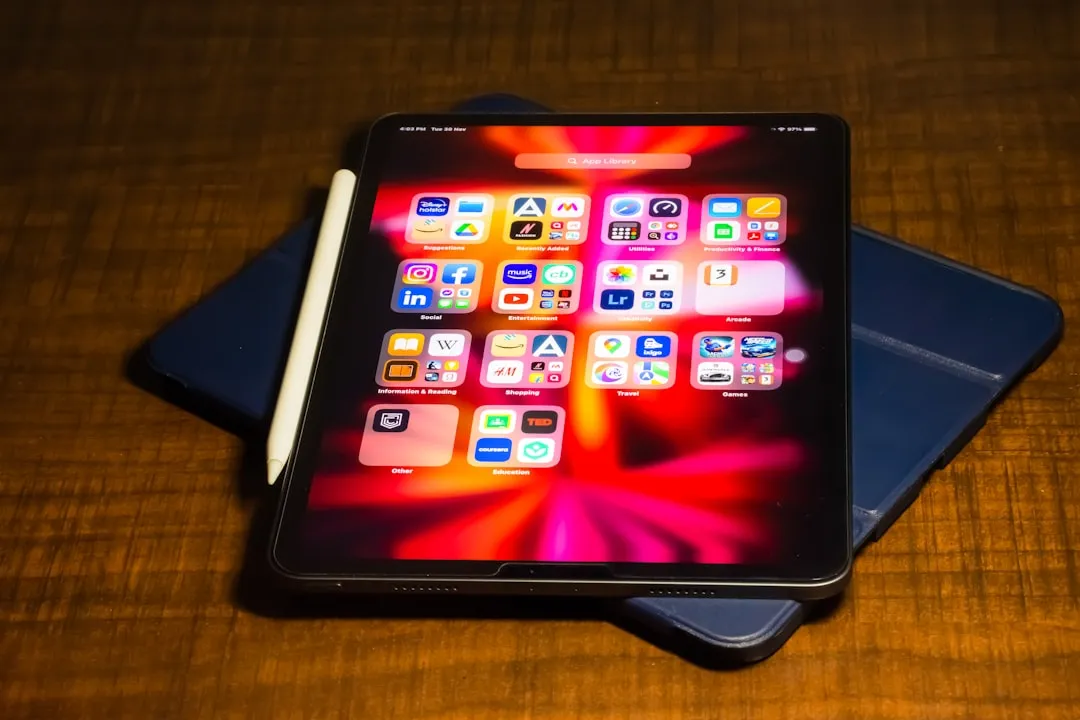

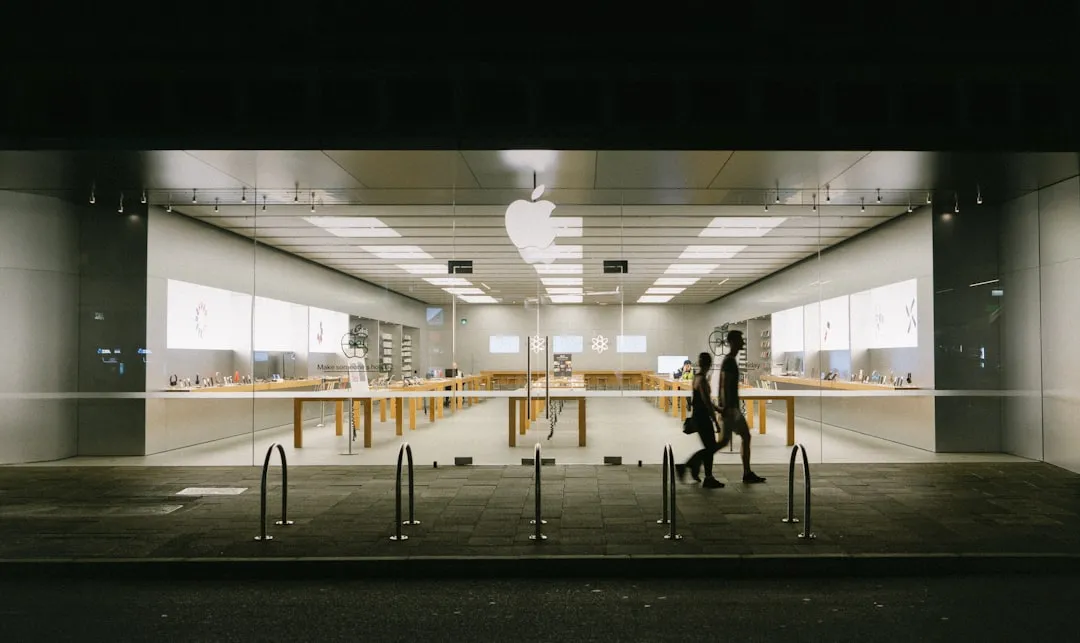
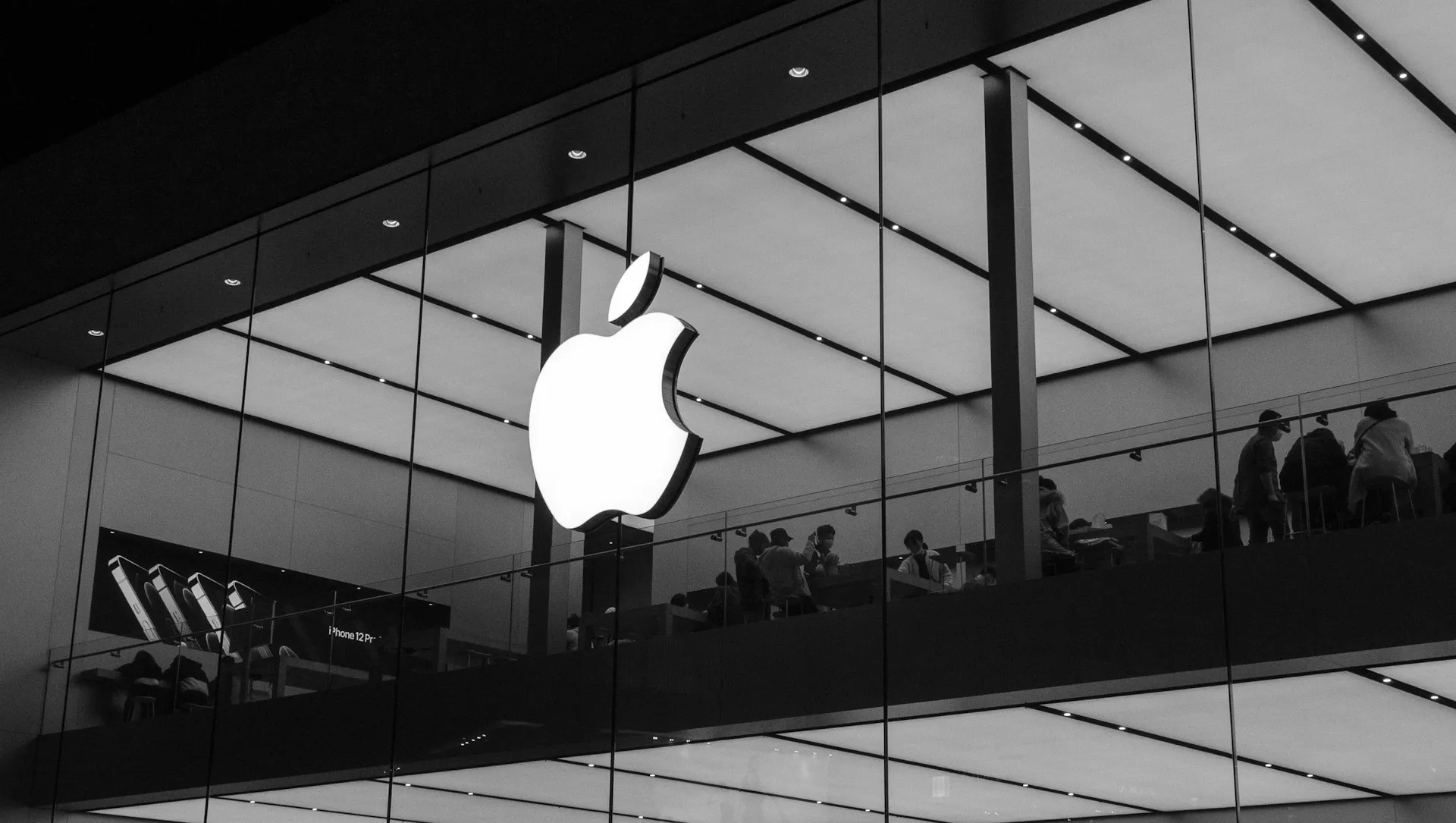
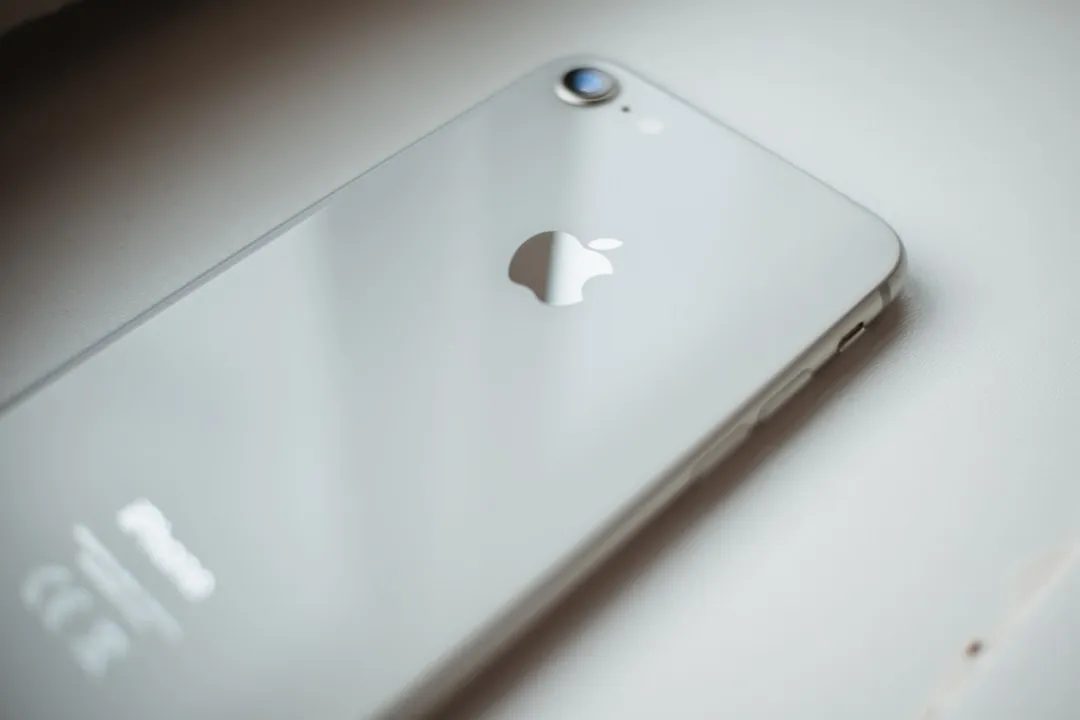

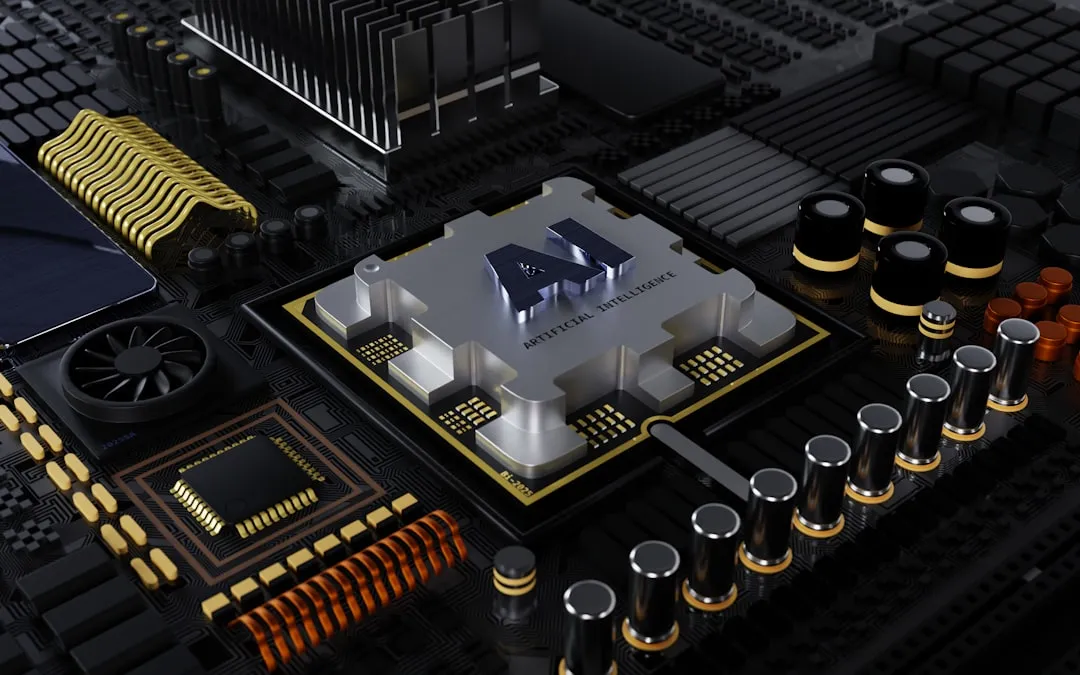
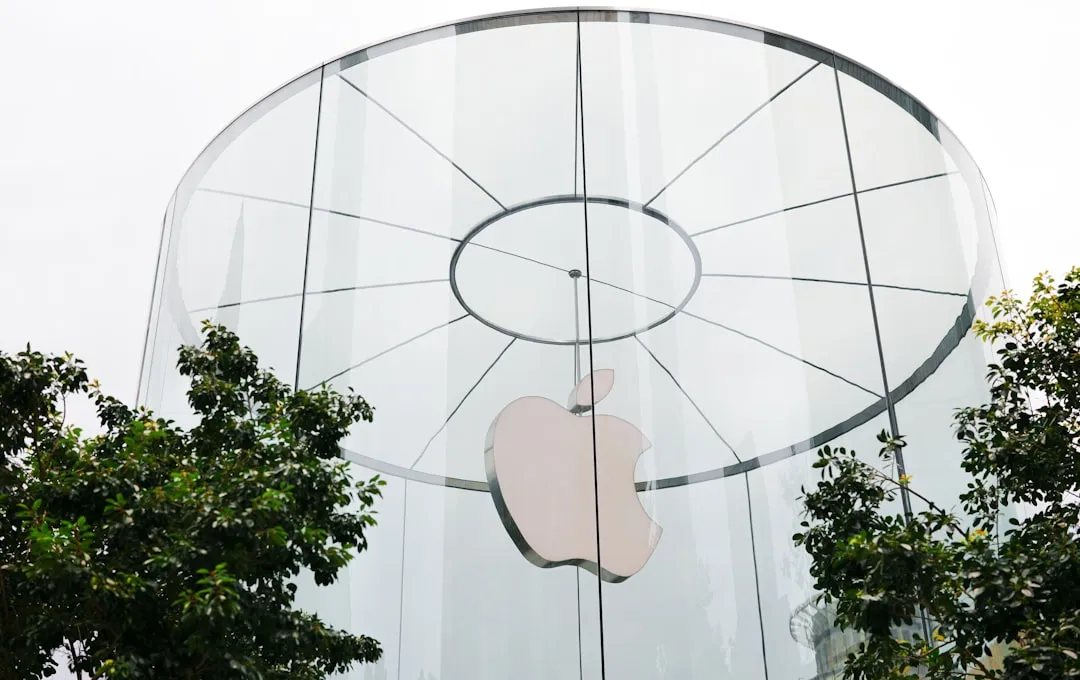

Comments
Be the first, drop a comment!